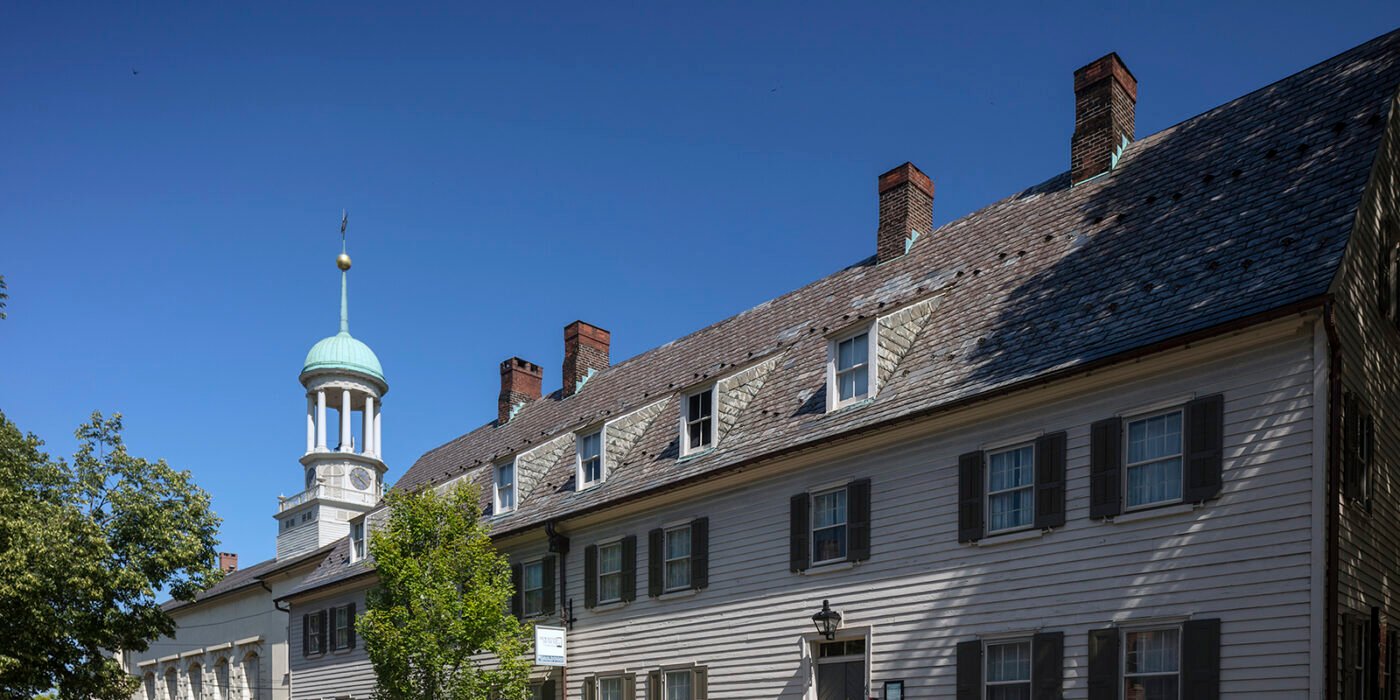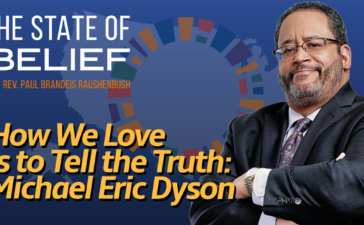(RNS) — Known for its original Moravian architecture and annual Christmas festivities, the Historic Moravian Bethlehem District in Bethlehem, Pennsylvania, is now the 26th U.S. site to be included on UNESCO’s World Heritage List, joining the Statue of Liberty, Grand Canyon National Park and the San Antonio Missions, among others.
The designation, announced Friday (July 26), was over two decades in the making and is expected to significantly boost tourism to the city, located roughly 90 miles from New York City in eastern Pennsylvania’s Lehigh Valley. Moravian church settlements in Germany, Northern Ireland and Denmark are also included in the World Heritage listing, which is the first transnational listing put forth by the U.S.
“It comes down to the outstanding universal value of this site, and the preservation effort to protect and preserve the structures and story,” said Craig Larimer, a spokesperson for Moravian University in Bethlehem. “But it’s really about the Moravians. You can’t tell one part of the story without the other. Without the Moravians and their ingenuity, industry and sense of community, this wouldn’t be a thing at all. There wouldn’t be a Bethlehem.”
Secretary of the Interior Deb Haaland applauded the news in a Friday statement, calling it an honor for the World Heritage List to include a U.S. site “where visitors from around the world are able to learn about the rich history of Moravian settlements, their cultural tradition and spiritual ideals.”
In 1741, Bethlehem was founded by a small band of Moravian Church immigrants hoping to spread Christianity in the region. Known for their communal living, personal piety, sense of spiritual revival and unique liturgical practices — including lovefeasts, simple meals served during a song service as a form of fellowship — the Protestant group was considered radical by many of its Christian peers. The Bethlehem settlement completed the Gemeinhaus in 1743, a community building used for worship and shared meals, and soon erected a network of other buildings for the choirs, or groups, that comprised the community, including the single sisters’ house and single brothers’ house.
The historic district, which was named a National Historic Landmark in 2012, spans 10 acres and includes nine structures, four ruins and a cemetery. It contains North America’s first pumped municipal water system, the world’s oldest surviving Moravian example of a Gemeinhaus and a 1761 tannery, the only 18th-century Moravian industrial building still existing in the world, according to Charlene Donchez Mowers, senior adviser/historian of the Bethlehem World Heritage Council and Commission.
“The first school to educate women with the same curriculum as men was founded here in Bethlehem in 1742, less than a year after the founding of the community,” Donchez Mowers added.
The process for landing on the World Heritage List was complex and took more than two decades. The site had to first become a national landmark, and be added to the World Heritage Site nominating list. The effort required cooperation from the city, Historic Bethlehem Museums & Sites, Moravian University, Central Moravian Church and the Bethlehem Area Moravians, an umbrella group that represents Bethlehem’s Moravian churches. It involved the U.S. Office of International Affairs of the National Park Service and included a 400-page nomination document and evaluations from an on-site assessor from the World Heritage Center. The U.S. site also coordinated with the international locations, gathering at over 40 Zoom meetings across several different time zones since 2018, said Donchez Mowers, who spearheaded much of the project.
The Moravians continue to have a strong presence in the Bethlehem area today. The city’s mayor, J. William Reynolds, is Moravian, as is the president of Moravian University, which traces its roots to the 1742 founding of the Moravian girls’ school.
“We still have single women living in the new wing — that’s the 1772 wing of the single sisters’ house. There’s still people living in the widows’ house and in the bell house. The church and chapel are still in use for church services,” said Donchez Mowers.
Six active Moravian congregations remain in the Bethlehem area, where they are known for their emphasis on community, education and service, according to Larimer.
“The Moravian creed or the motto is, ‘In essentials unity, in nonessentials liberty, and in all things love,’” he told Religion News Service.
In celebration of officially landing on the World Heritage List, Donchez Mowers said churches from all four Moravian settlements included in the listing will meet virtually this Sunday (Aug. 4) for a unified church service. For her, this 22-year effort is itself a testament to the Moravian value of unity.






